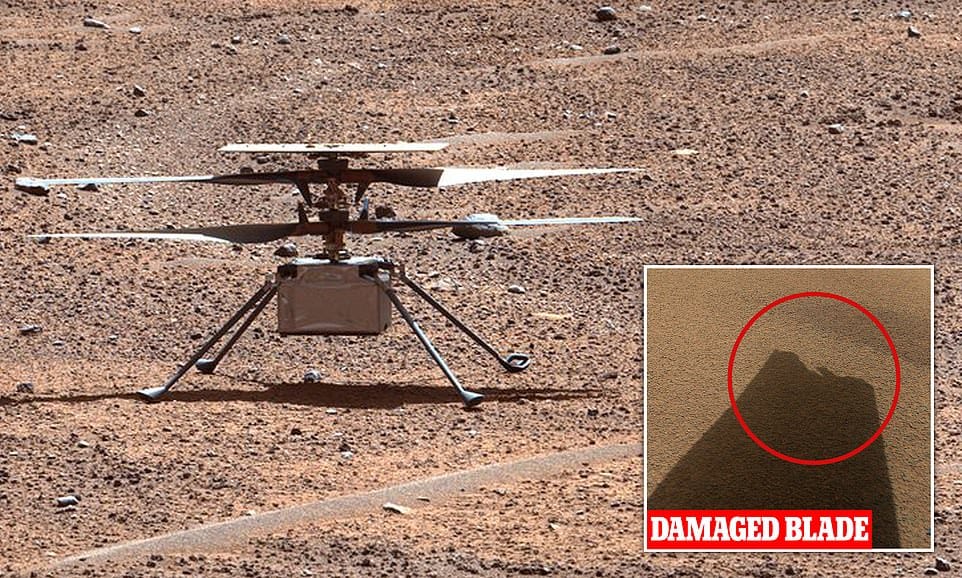SpaceX, the innovative aerospace company spearheaded by Elon Musk, achieved yet another milestone on February 8, 2023, with the successful launch of 21 Starlink satellites into orbit. The launch took place from Cape Canaveral Space Force Station in Florida and marked a significant step in SpaceX’s ambitions to expand its satellite-based global internet service.
The mission, part of SpaceX’s Starlink program, is one of many that aim to populate low-Earth orbit with satellites designed to provide affordable, high-speed internet to underserved and remote areas worldwide. The 21 satellites are a part of the growing constellation that SpaceX is building to realize its vision of achieving Internet connectivity with minimal latency on a global scale.
The Falcon 9 rocket carrying the batch of Starlink satellites lifted off precisely as scheduled. Just as remarkable as the launch itself was the reusability feat demonstrated by the Falcon 9’s first-stage booster. The booster safely returned and landed on one of SpaceX’s autonomous drone ships stationed in the Atlantic Ocean. This capability of reusing boosters remains a vital component of SpaceX’s strategy to reduce the costs associated with spaceflight.
This latest deployment comes at a time when SpaceX has firmly established itself as a leader in orbital launches. Starlink’s rapid expansion is being closely watched by governments, telecommunications companies, and competitors, as it has the potential to revolutionize how broadband services are delivered. To date, SpaceX has launched thousands of Starlink satellites as it develops a full-capacity network capable of supporting internet coverage on a mass scale.
The company remains on track with its plans to extend Starlink’s coverage across both urban centers and remote territories. While wide-ranging Internet access is the key component of the project, Starlink is also seen as an influential disruption in telecommunications markets. Traditional broadband providers are expected to face increasing competition, especially in areas where laying fiber-optic cables or other terrestrial communication infrastructure is costly or infeasible.
During the February 8 mission, the satellites were deployed successfully into their designated orbits. Exact alignment and operational configurations are vital for ensuring that the constellation offers optimal coverage and reliable internet connections. SpaceX technicians continuously monitor newly launched satellites to confirm that they perform according to specifications.
The satellite network not only provides internet services but also facilitates innovations in fields such as global positioning, weather tracking, and potential defense applications. However, the rapid increase in the number of satellites in orbit has raised some concerns in scientific and regulatory communities over issues such as space debris and potential interference with astronomical observations. SpaceX has sought to address these concerns by implementing measures such as satellite reflectivity reduction techniques and de-orbiting protocols for satellites at the end of their operational life.
SpaceX’s Starlink system already has thousands of users in numerous countries, with coverage expanding to maritime and aviation industries in addition to residential applications. Its goal remains unchanged: to bridge the digital divide by bringing reliable, high-speed internet to every corner of the world, scalable even to areas without access to traditional forms of connectivity.
With this latest installation, Starlink’s ever-growing scope underscores the fast-paced evolution of the aerospace and telecommunications industry. Musk’s team of engineers and innovators continues to revolutionize access to space and expand frontiers in technology, reaffirming SpaceX’s status as a pioneer in multiple fields, from reusable rockets to groundbreaking satellite services.



